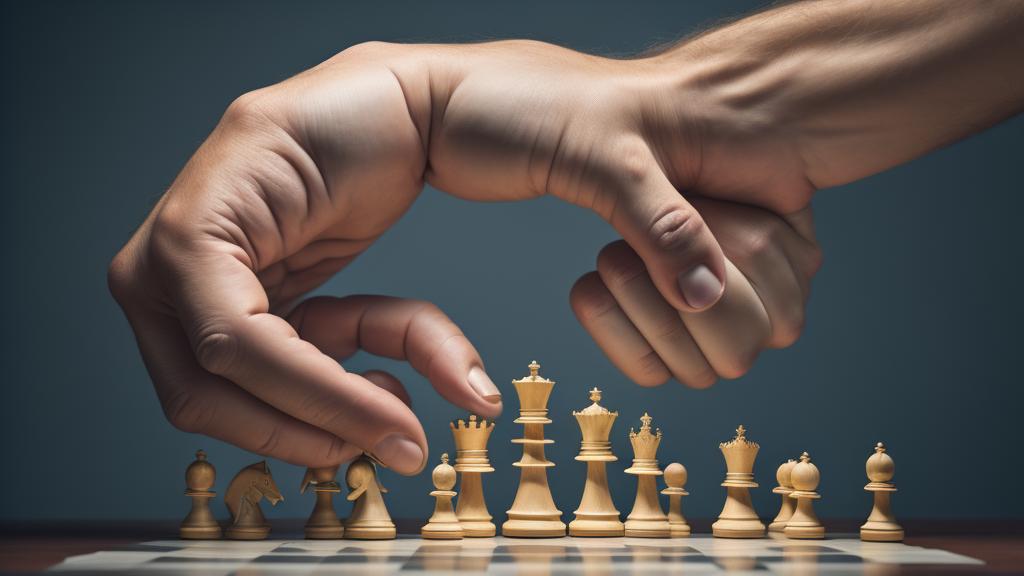Ever since its birth in the early 21st century, chessboxing has intrigued sports enthusiasts and culture critics alike. This curious amalgam of the strategic game of chess and the physically demanding sport of boxing has evolved into a spectacle that challenges both the mind and the body, muddling the lines between mental prowess and athletic skill.
The origins of chessboxing are fascinating, tracing back to an unlikely source: the world of comic books. In 1992, French graphic novelist Enki Bilal introduced the idea in his dystopian graphic novel, "Froid Équateur," where characters fought in a hybrid of boxing and chess. What started as a fictional concept was soon materialized by Dutch performance artist Iepe Rubingh, who held the first real-life chessboxing match in Berlin in 2003.
Chessboxing is played in alternating rounds of chess and boxing, each lasting three minutes and comprising a total of 11 rounds in a match. The competitors begin with a round of chess, donning headphones to block out the roaring crowd while they focus on the strategic board game. After the chess round, players transition into boxing gear and step into the ring, trading punches for a grueling three minutes. Victory can be achieved in various ways: a knockout in boxing, a checkmate in chess, or even a decision by the judges if no one emerges victorious by the end of the final round.
Despite its fresh veneer, chessboxing is a sport of grit that demands peak physical condition and sharp intellectual capacity. This dual-threat competition has seen rapid growth, with international championships attracting participants and spectators eager for the blend of athleticism and strategy.
The World Chess Boxing Organization (WCBO), founded in the wake of the first Berlin match, governs the sport, ensuring fair play and upholding a unique rule set that contrasts sharply with traditional combat sports. The WCBO strives to expand chessboxing's reach, organizing workshops and matches across Europe, Asia, and North America.
Critics of chessboxing often argue that the sport’s dual nature places participants at a higher risk of injuries due to mental fatigue after intense rounds of chess. However, enthusiasts claim the sport offers a refreshing break from the mono-athleticism seen in traditional sports, offering a challenge that is as stimulating to the mind as it is to the muscles.
There's something beguiling about watching opponents shift from the calculated, quiet intensity of a chessboard to the raw, physical confrontation in the boxing ring. This sharp transition demands unique training regimens, and leading chessboxers often engage in synergetic training sessions that enhance endurance, mental acuity, and agility in equal measure.
As chessboxing continues to grow, it gathers a community that transcends traditional sporting boundaries. If you're curious to try chessboxing, clubs around the world offer introductory lessons. The unique, hybrid nature of the sport invites participants from every walk of life, uniting diverse skills and backgrounds in a singular pursuit of excellence.
In an era where versatility in sport is praised, chessboxing stands out as a compelling testament to human adaptability and endurance, challenging preconceptions of both athletic and intellectual competitions. Whether you're drawn by the thrill of boxing or the strategy of chess, this enigmatic sport promises an experience that is uniquely exhilarating and sophisticated.
The enigmatic history of chessboxing: a blend of brains and brawn

